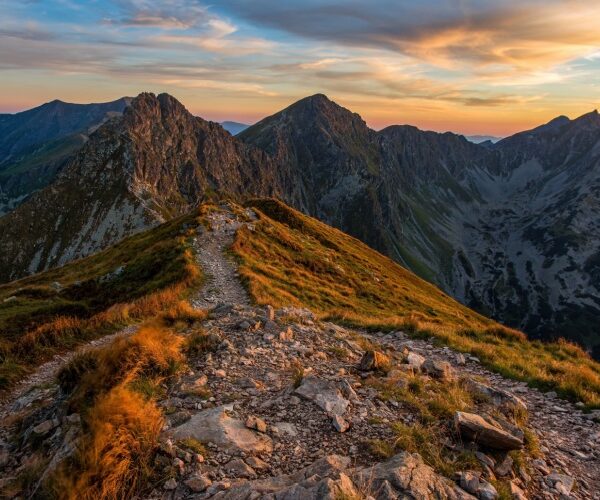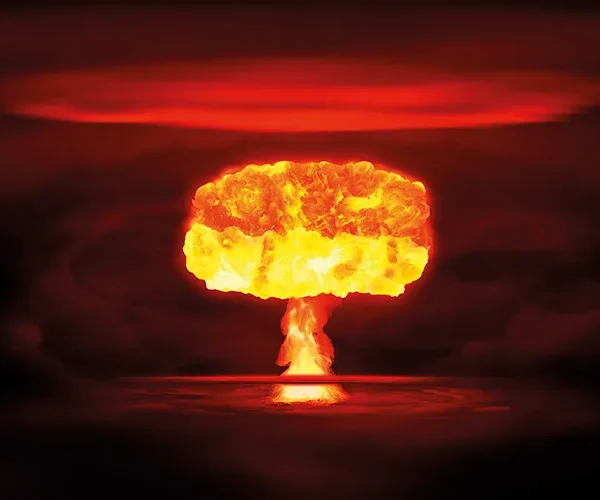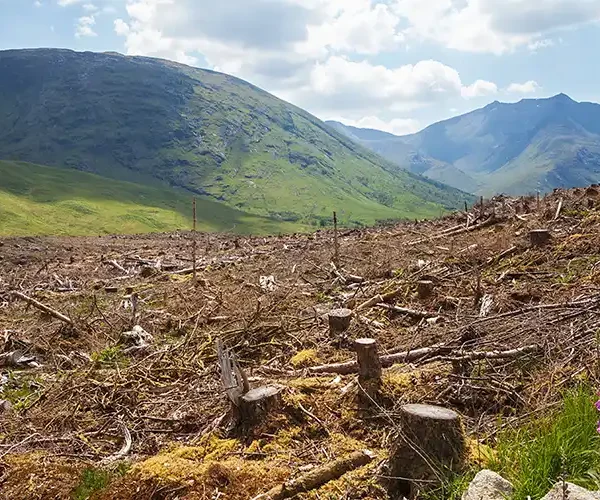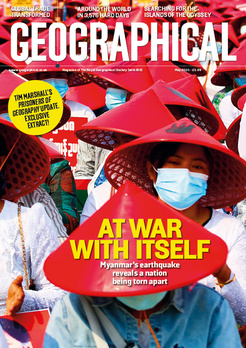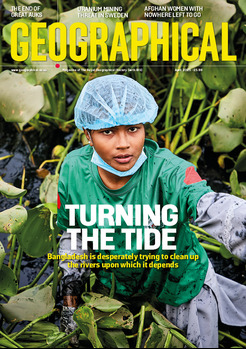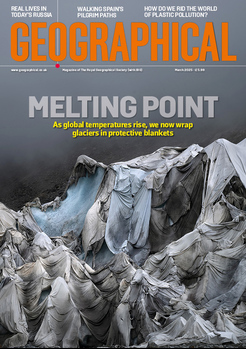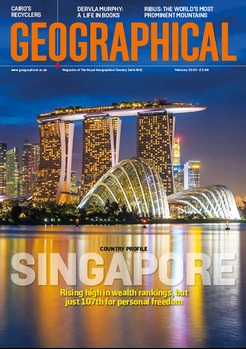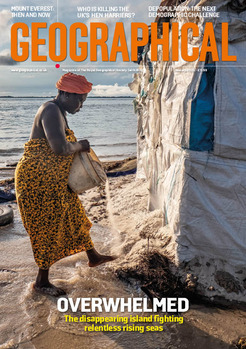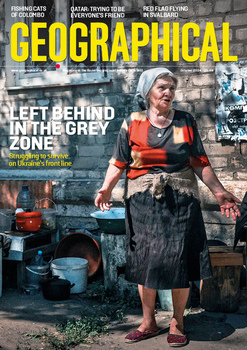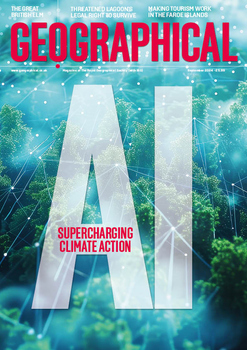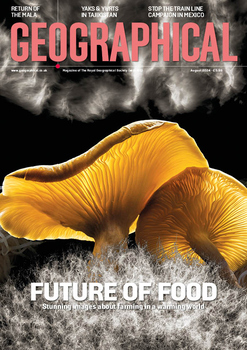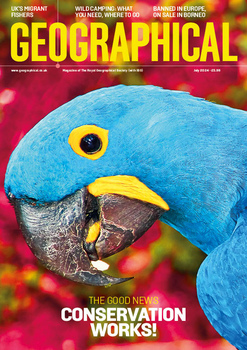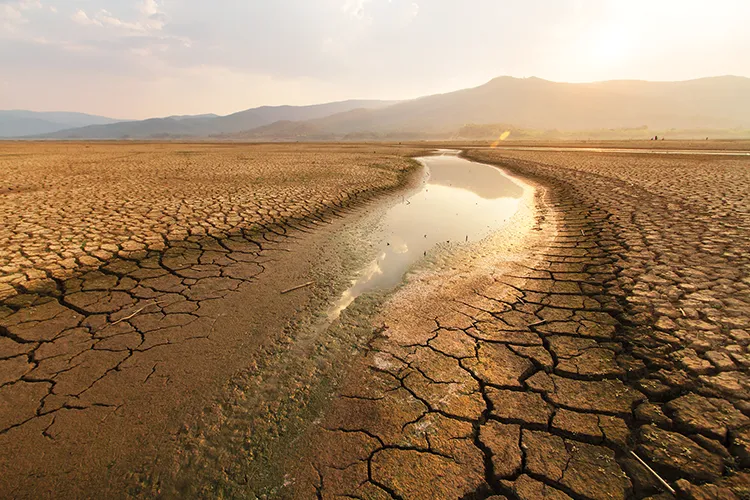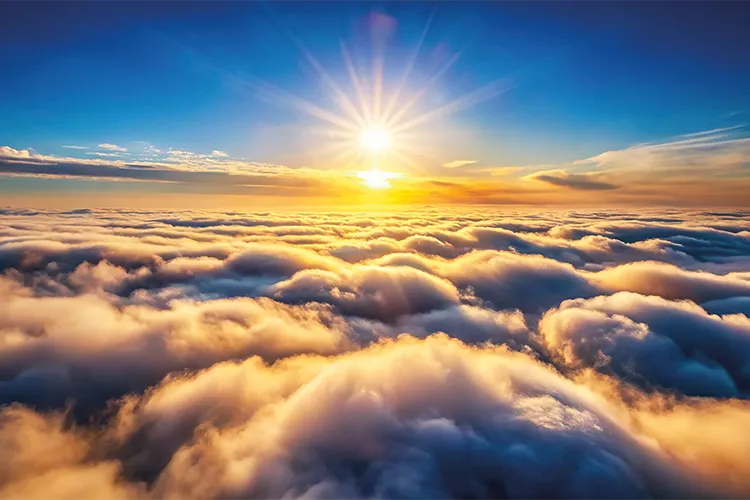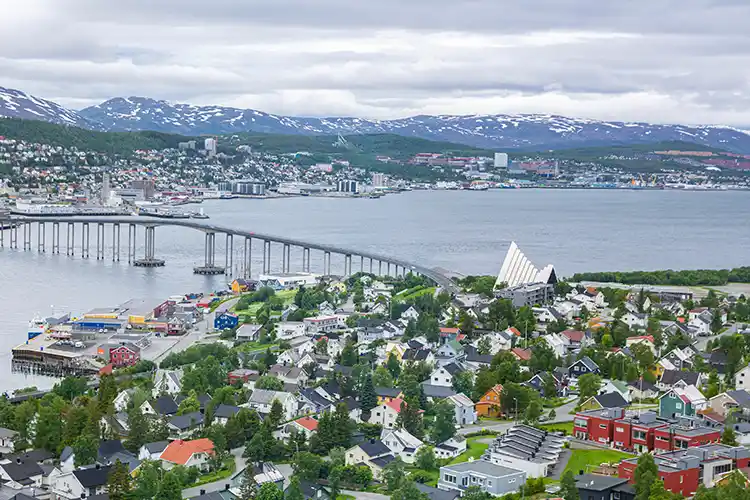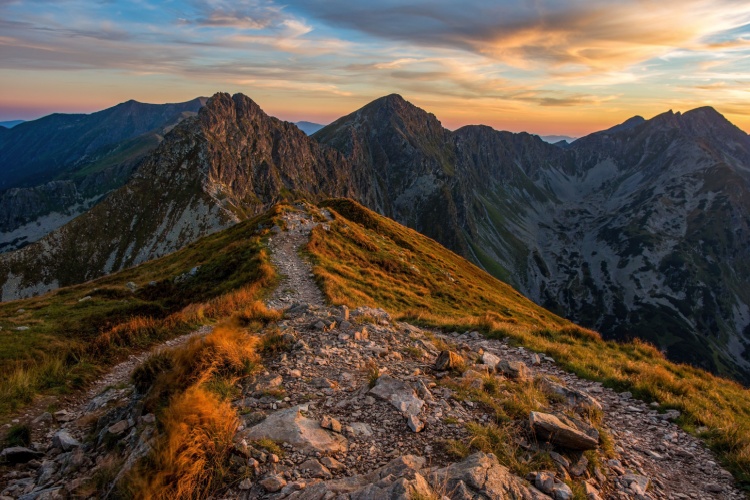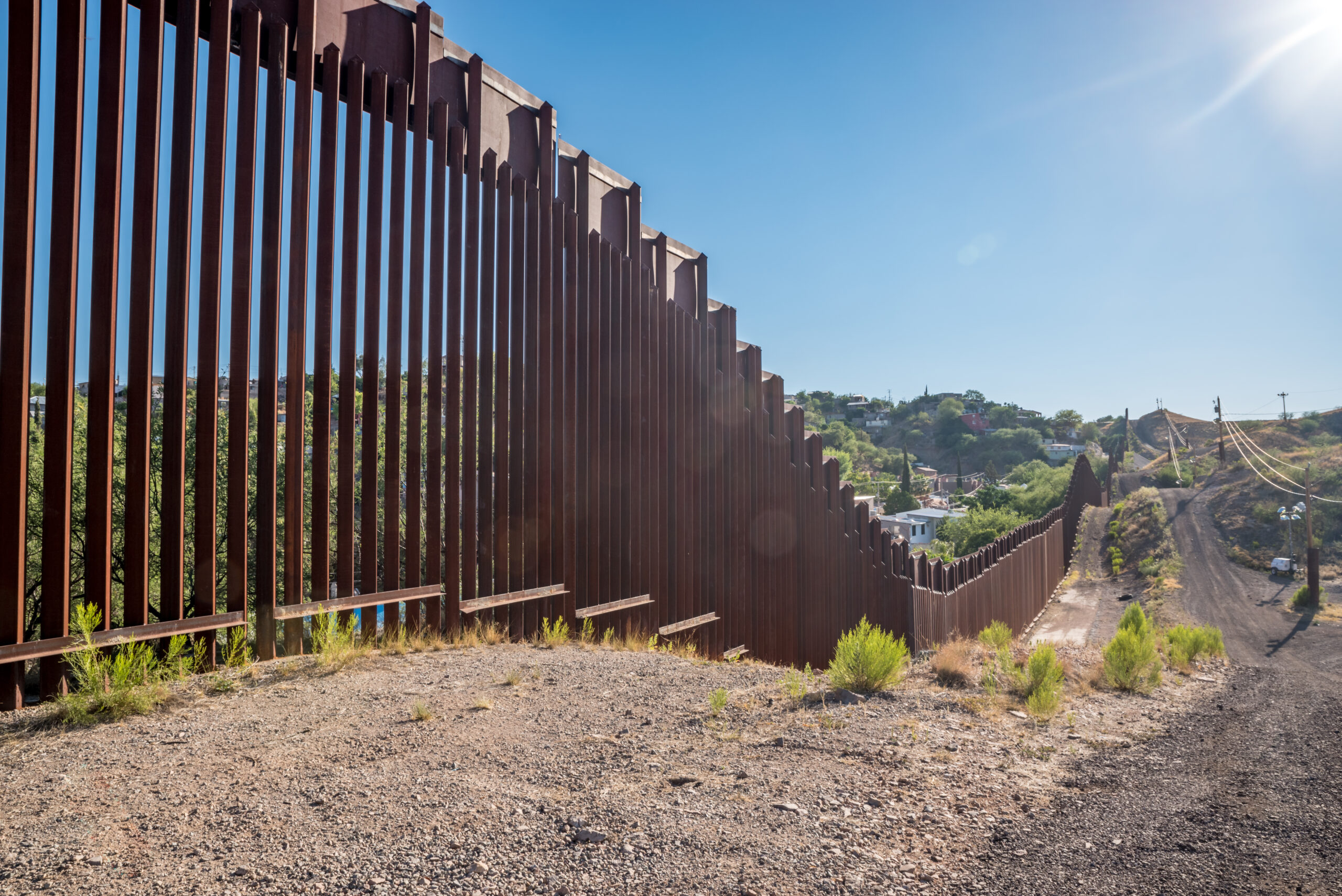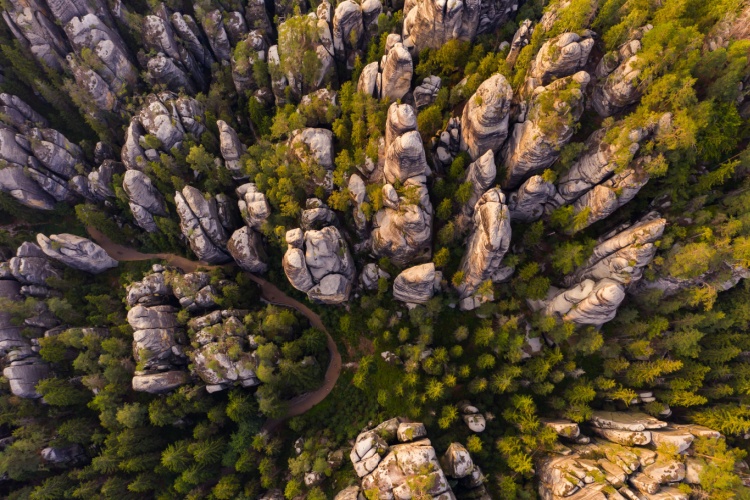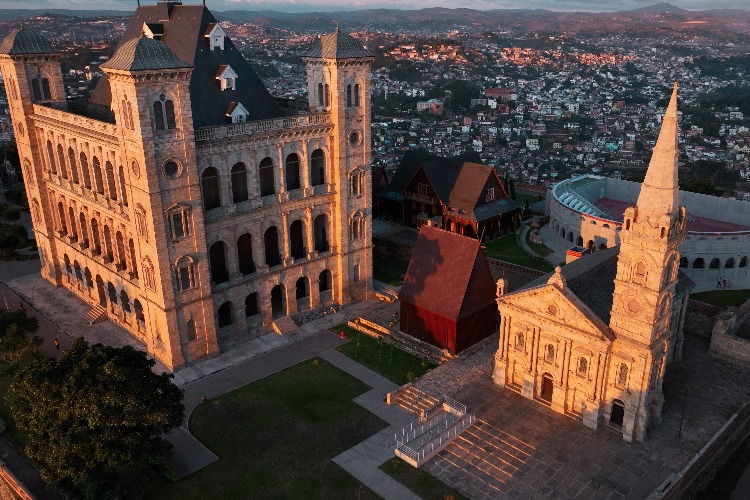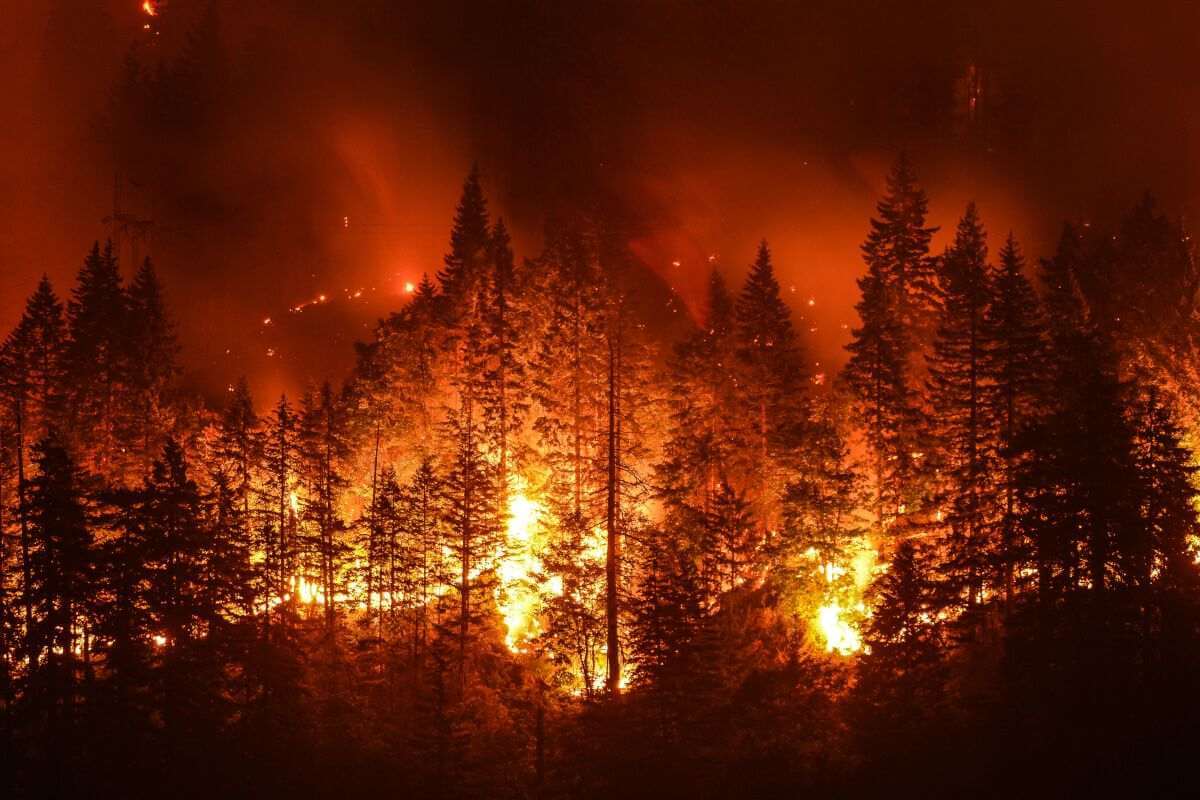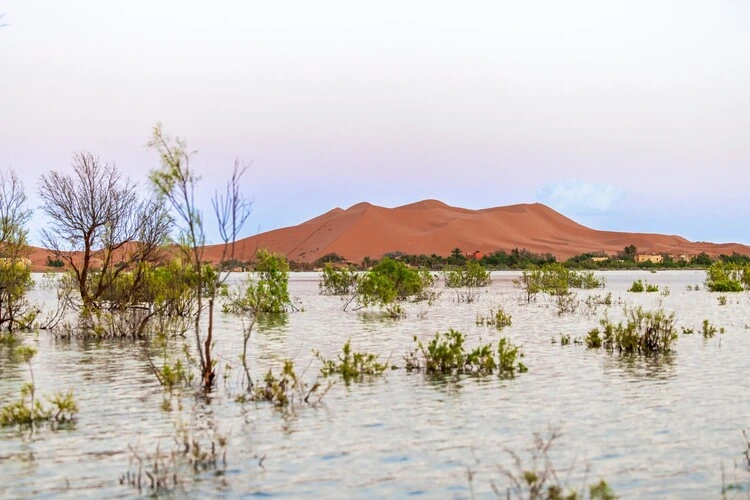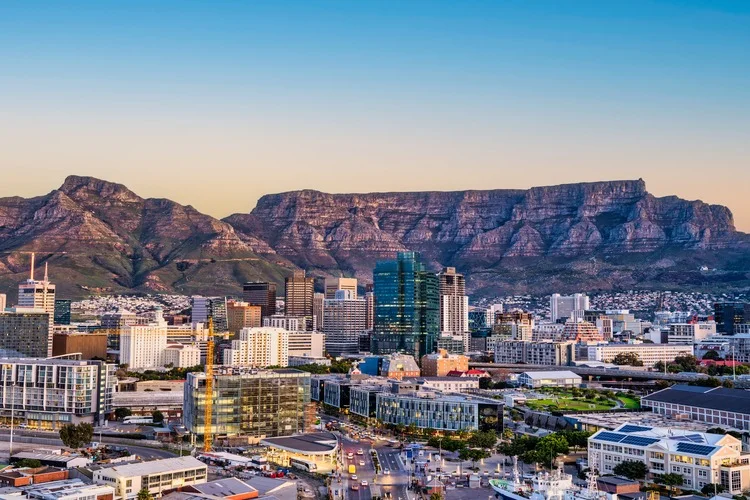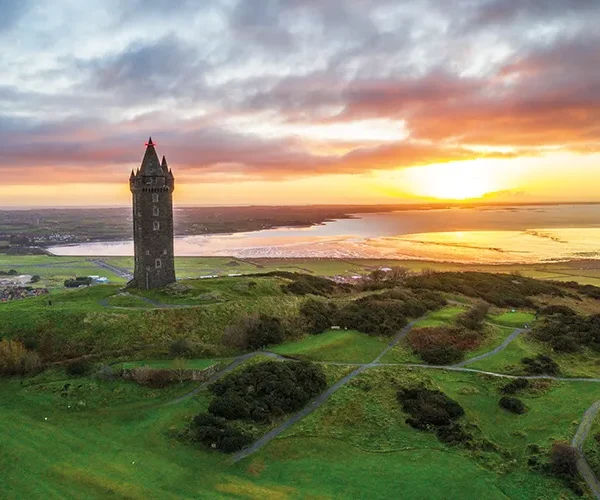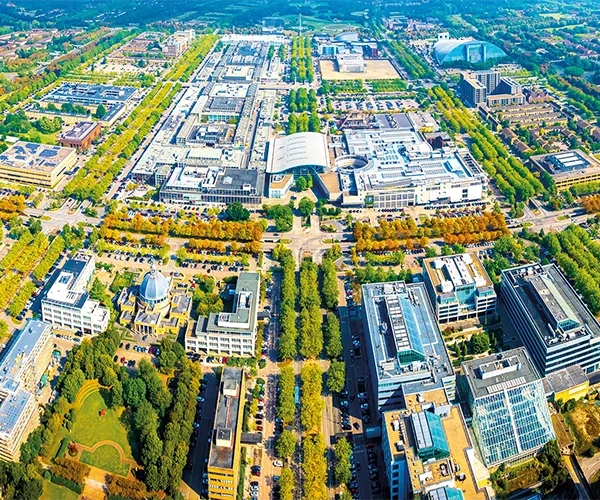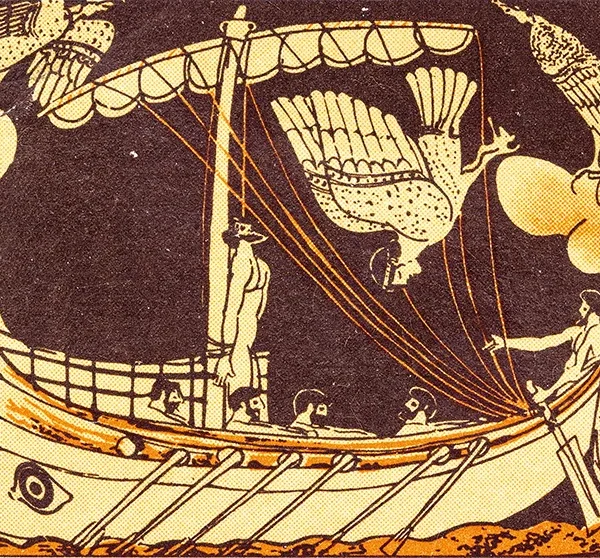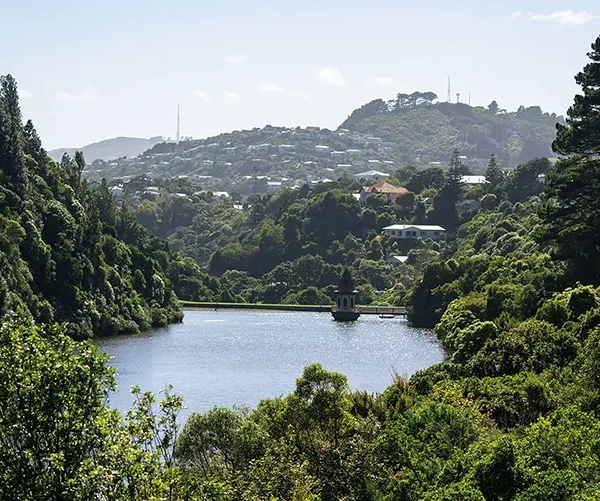Quizzes
QUIZ: Geography Trivia
Put your knowledge to the test with this fun geography quiz. Discover trivia from around the globe and challenge yourself!
QUIZ: True or False – Borders
Test your knowledge with our borders quiz and explore the fascinating quirks of the world’s borders.
QUIZ: Geography Trivia
Test your knowledge with our geography quiz filled with trivia from around the globe. How well do you know the world?
QUIZ: Country Spotlight – Malta
Challenge your knowledge with our quiz on Malta geography. Discover fascinating facts about this stunning island country.
QUIZ: Capital Cities
Test your knowledge with our capital cities quiz. Discover which capitals you know and challenge yourself today!
Geo explainers
Geo explainer: Why are wildfires getting worse?
Discover the several reasons behind increasingly common wildfires around the world, including those in California
Geo explainer: Will the Sahara flood again?
Discover the Sahara Desert’s fascinating past – and why climate change may make flooding a likely part of its future.
Geo explainer: Where in the world are the busiest shipping lanes?
Take a deep dive into the world’s busiest shipping lanes according to the number of vessels passing through them each day.
Geo explainer: Exploring Africa’s economy and GDP
Five countries account for half of Africa’s total GDP, playing crucial roles in the continent’s economy – but where exactly are they?
Geo explainer: What is phosphate mining – and why is it important?
Phosphate rock is an essential element for life on Earth. Discover its applications and why its mining threatens planetary health…
Book reviews
Discovering Britain
Load More
Long reads
Load More


